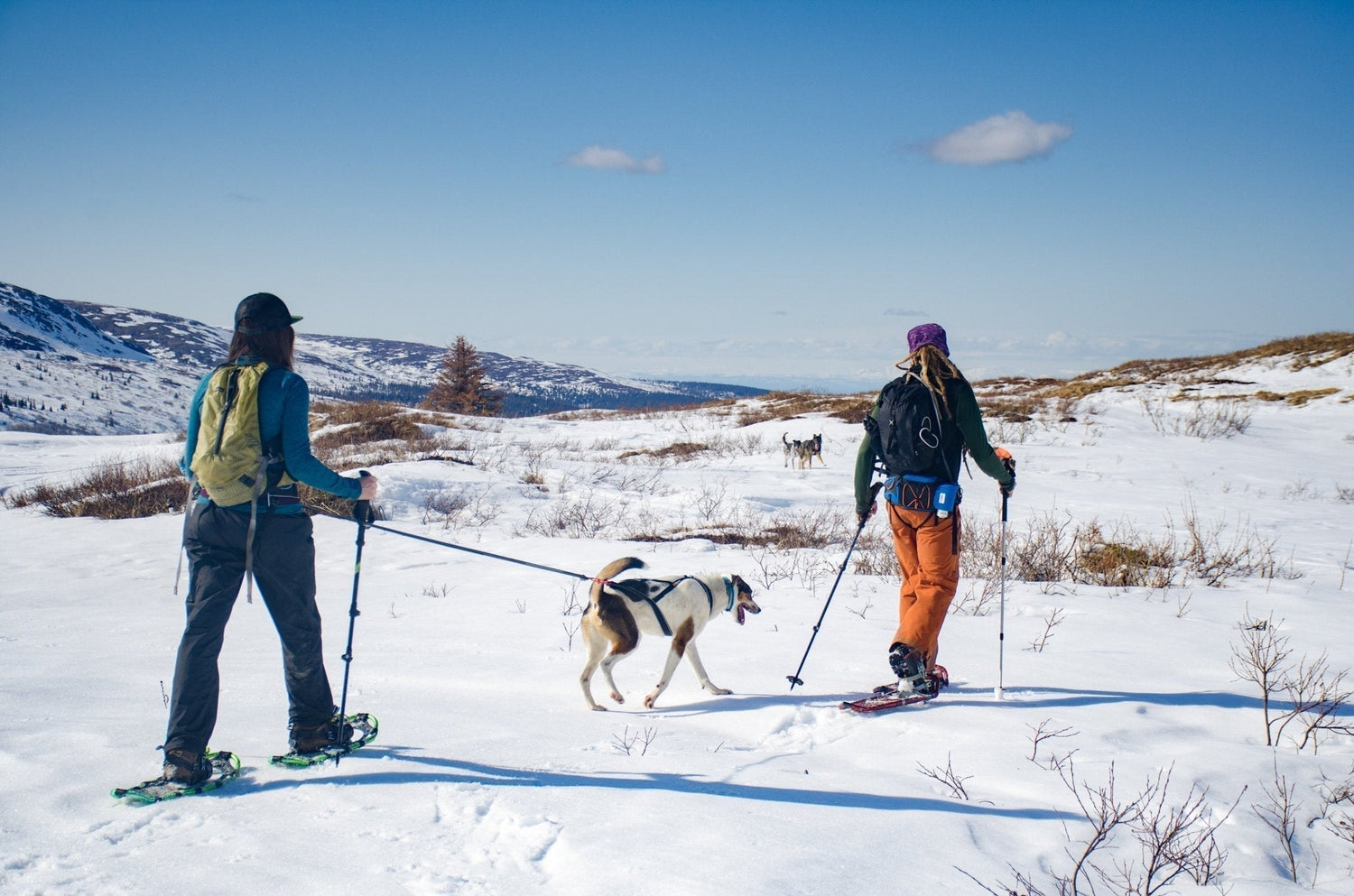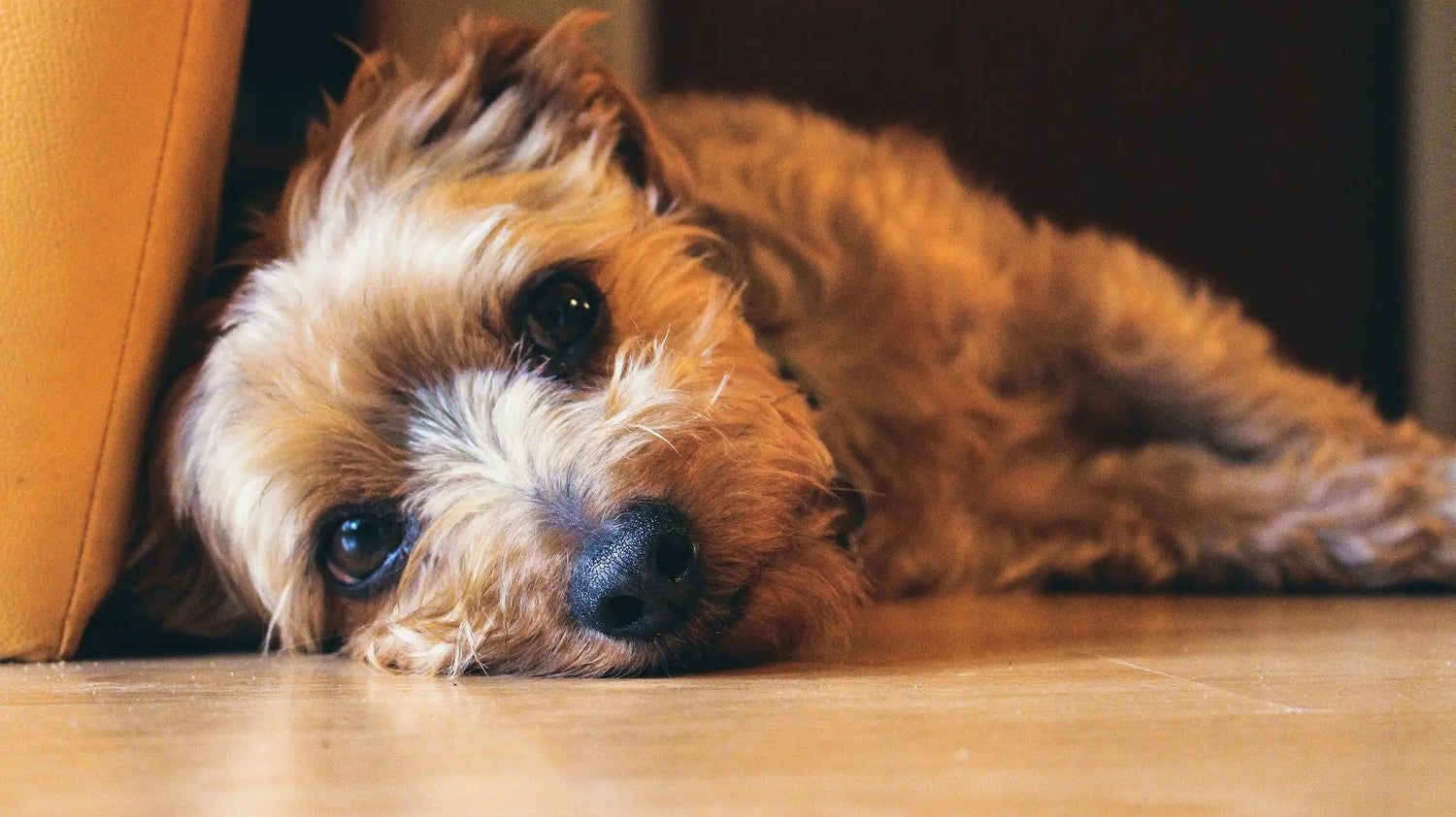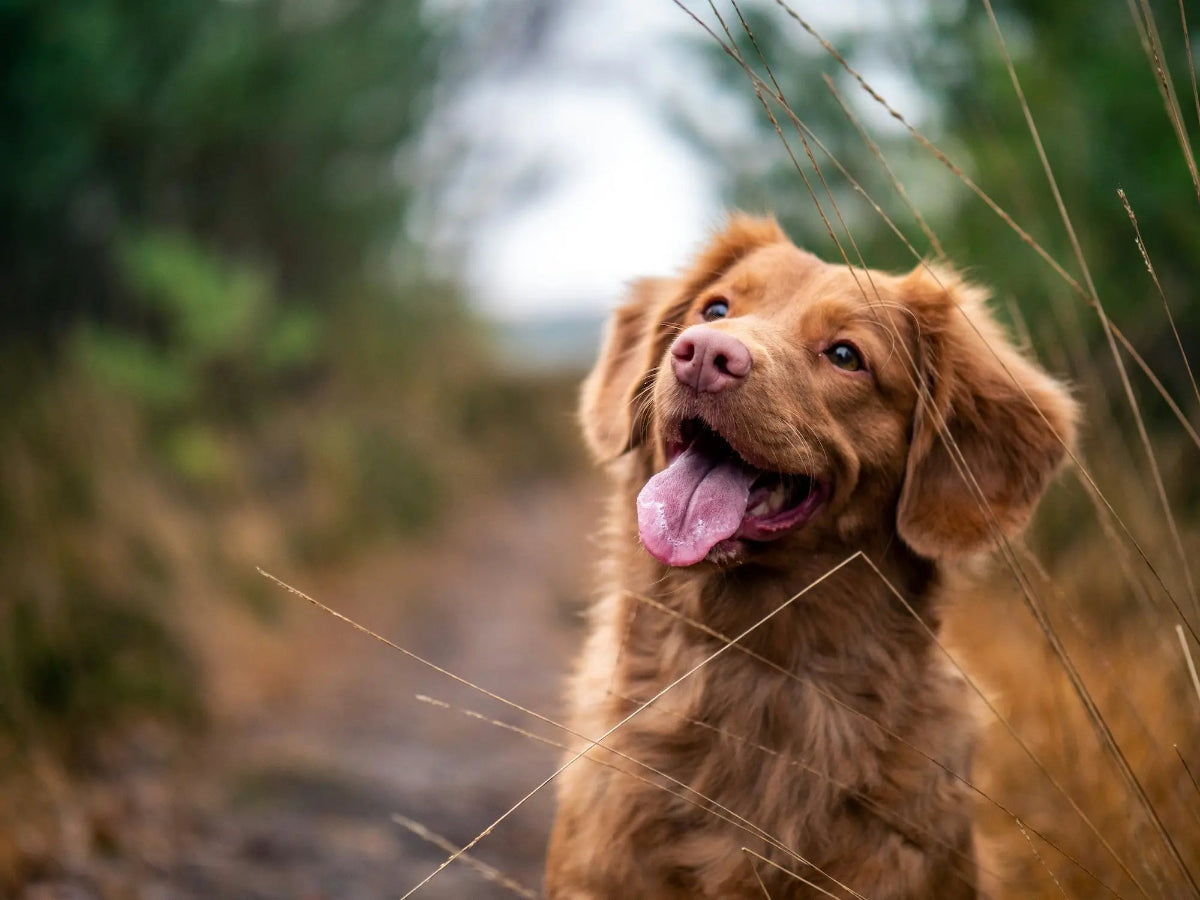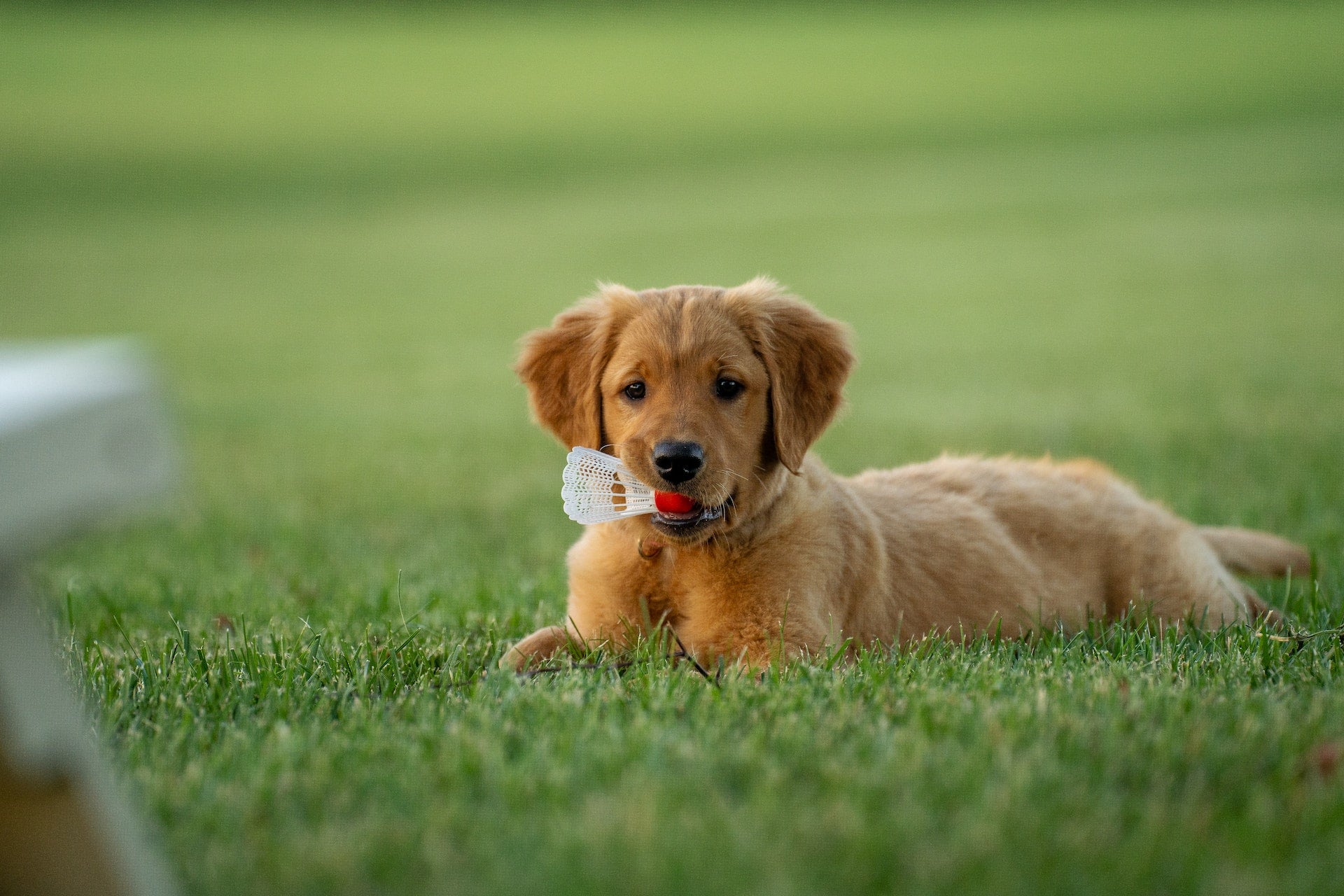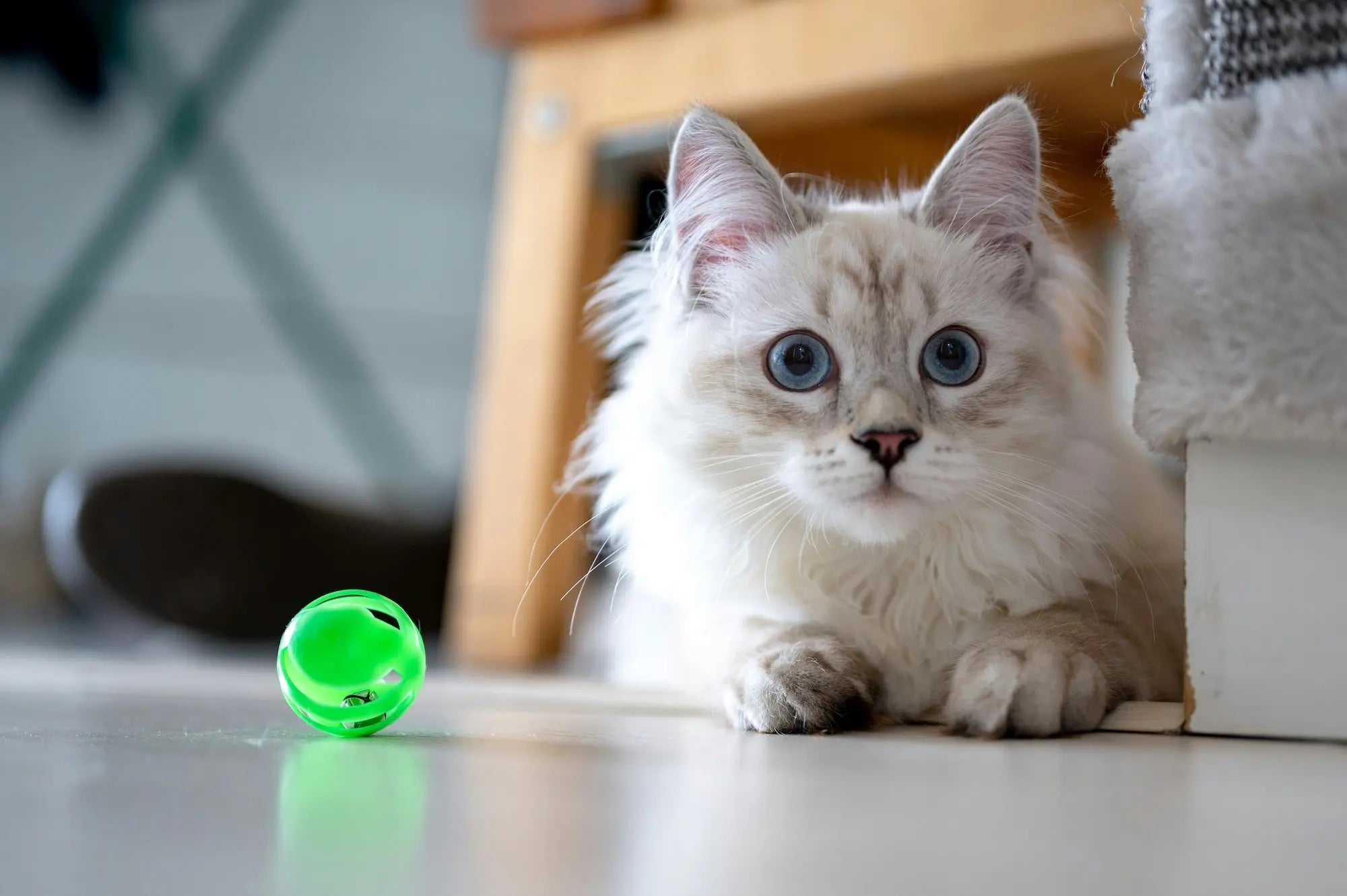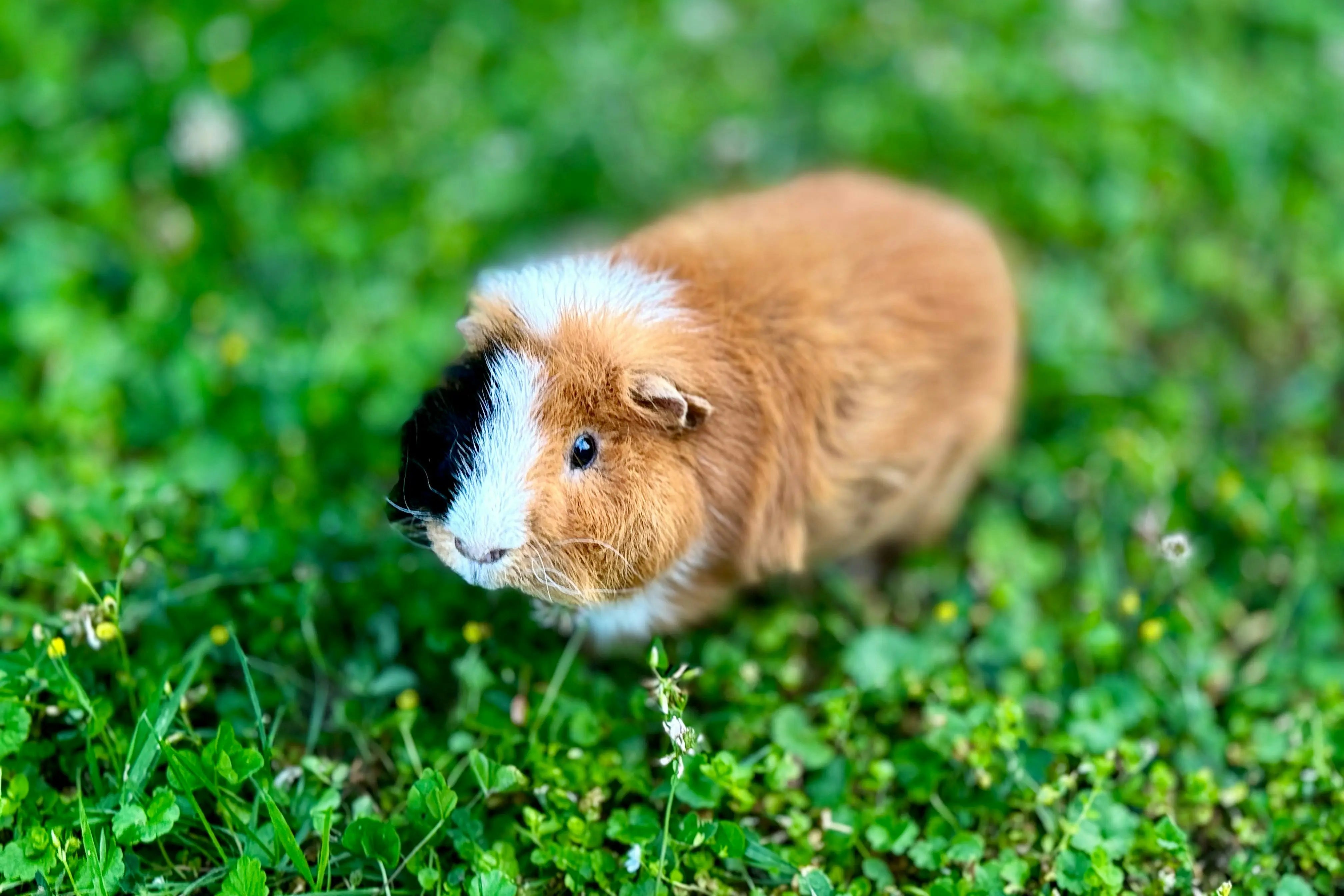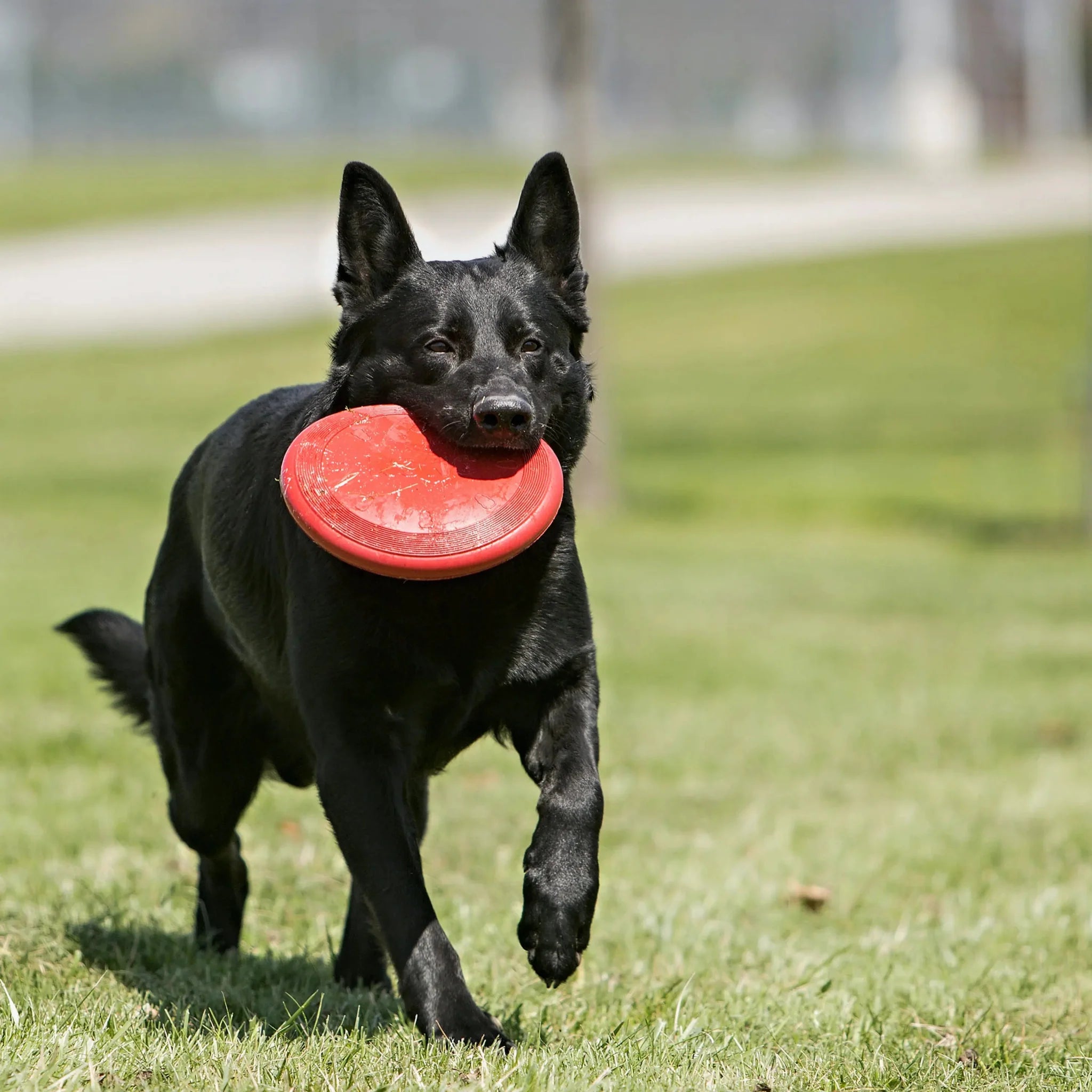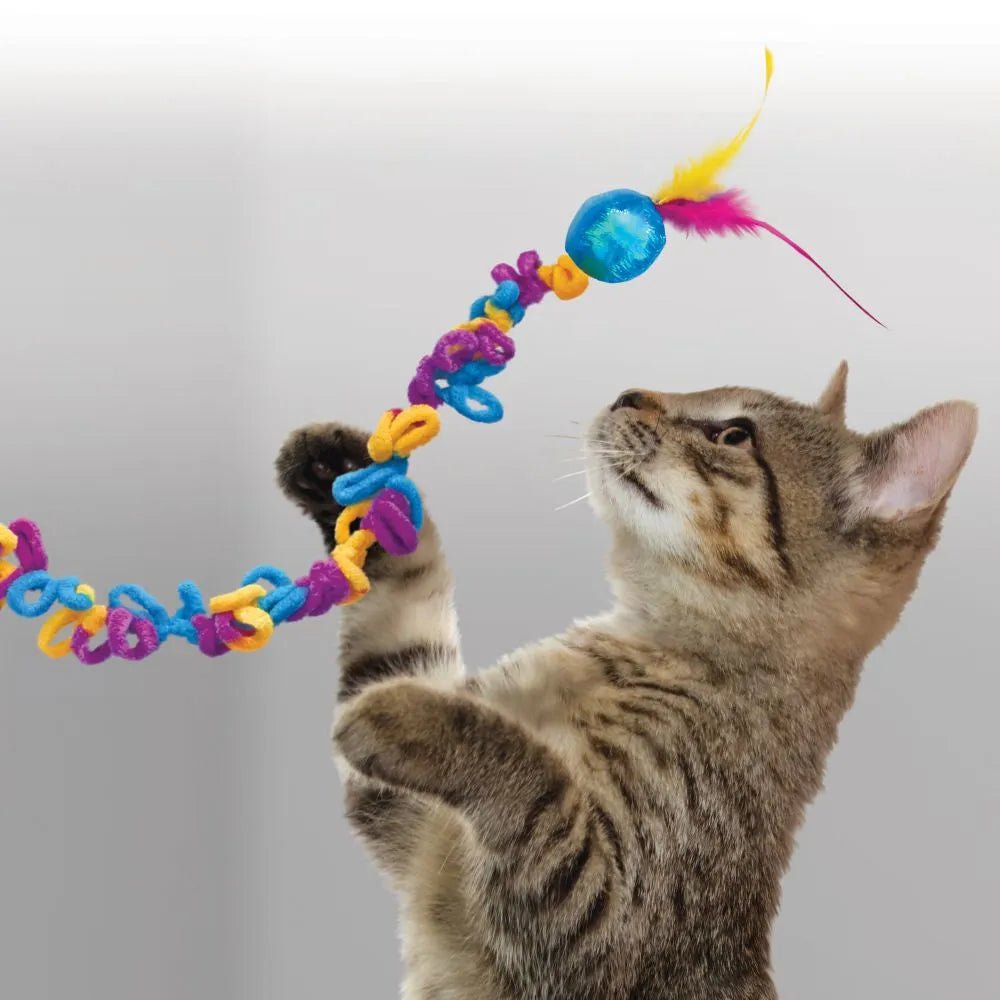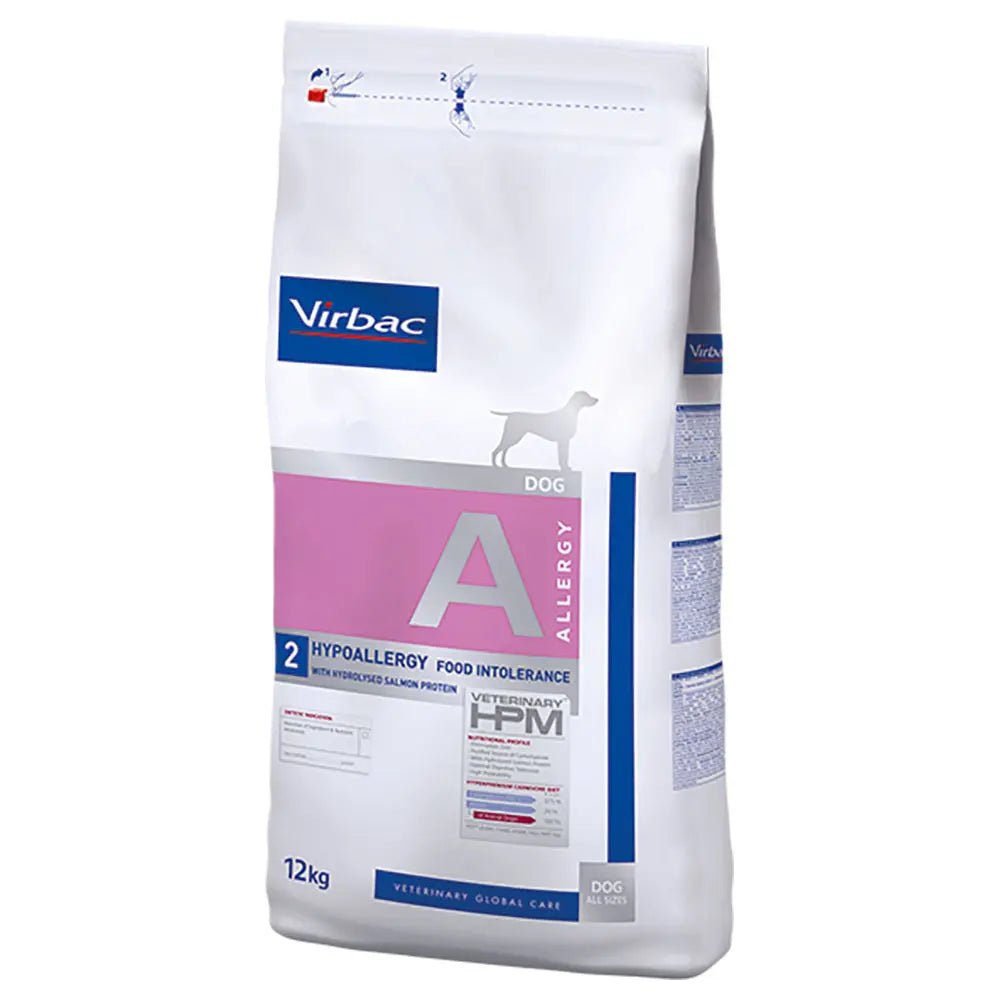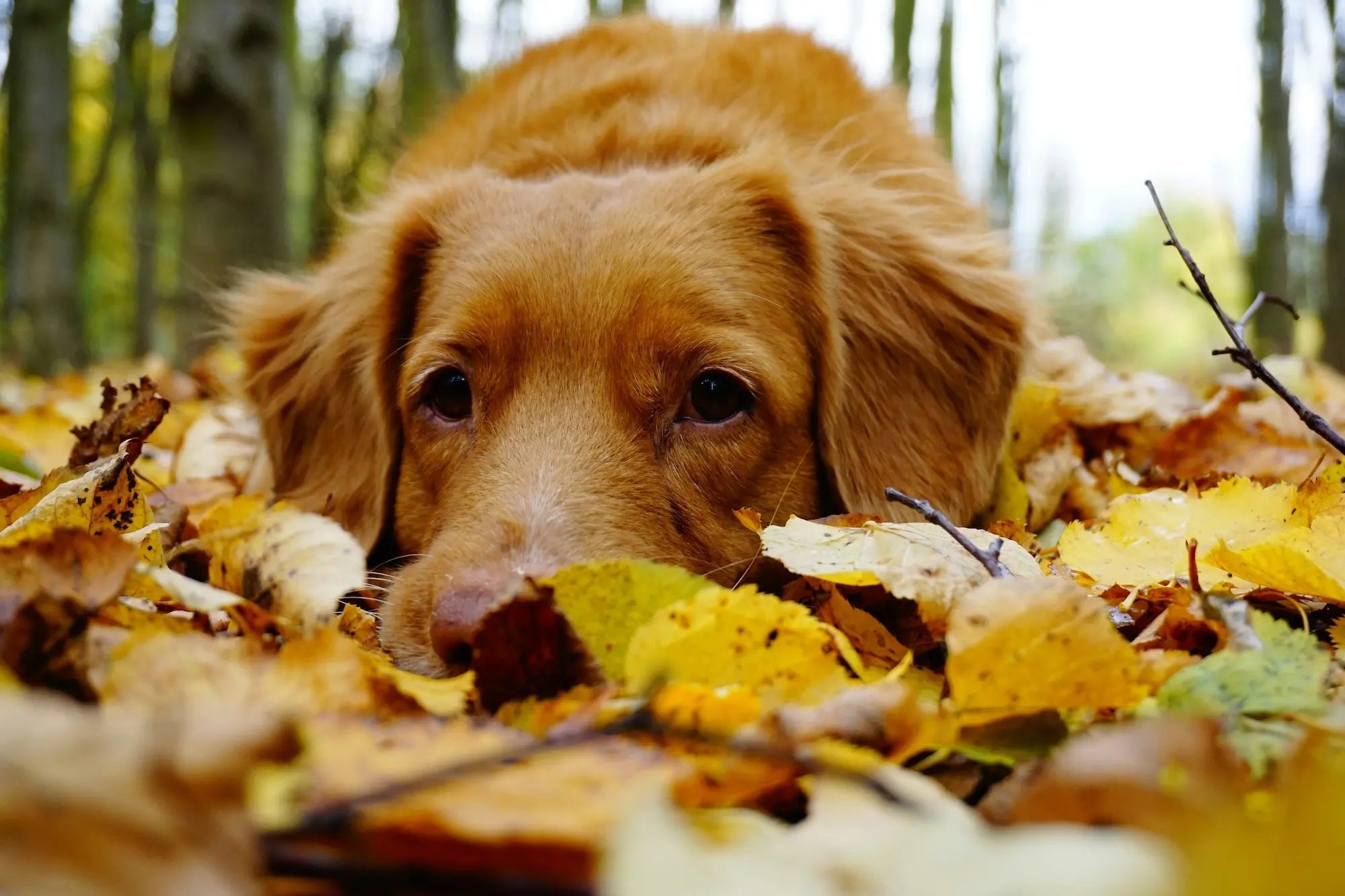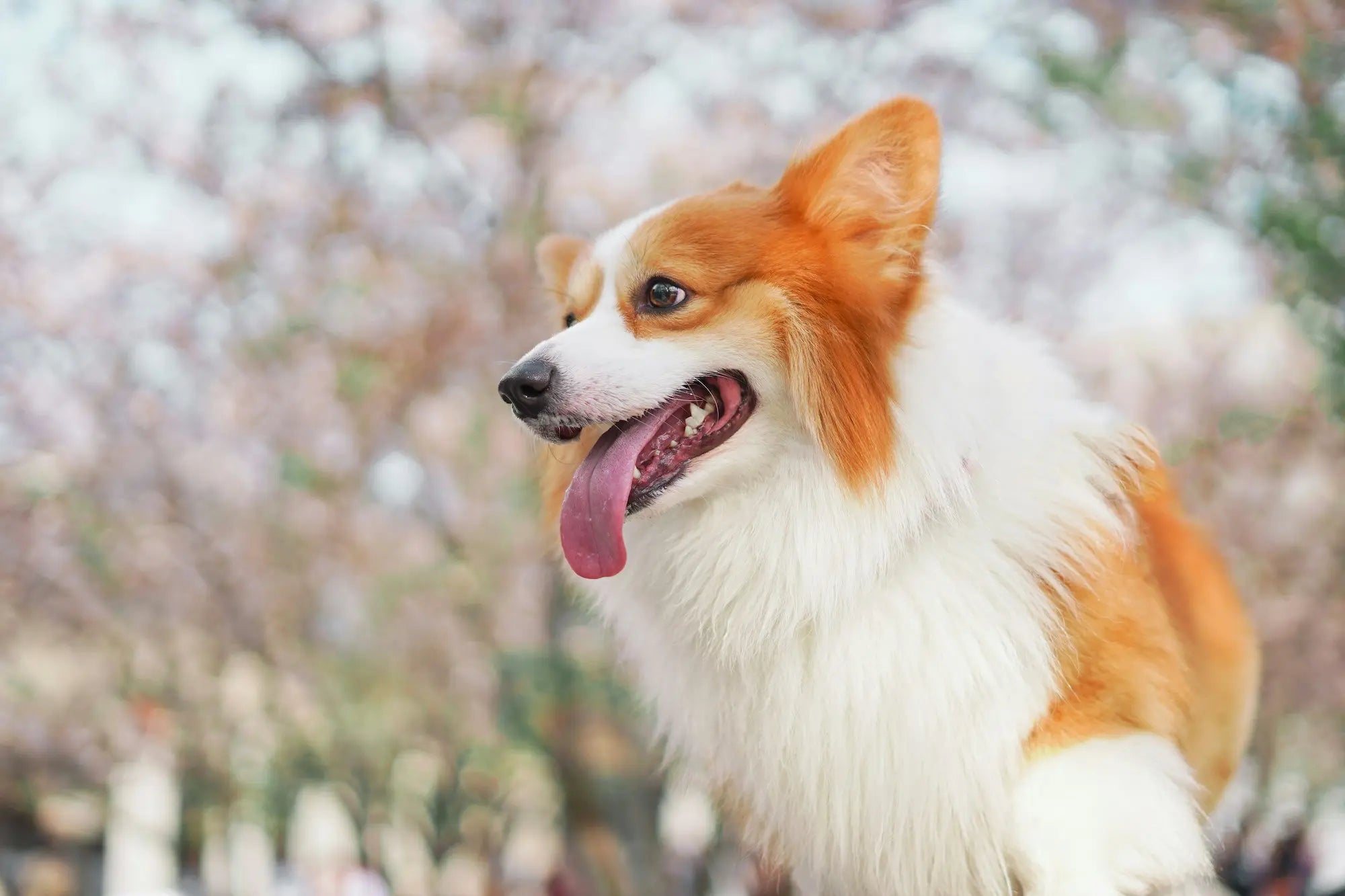Dog exercise is about stimulating your dog's senses and skills, and giving your four-legged friend robust mental and physical health. The key to happiness and well-being is physical and mental exercise, where you give your dog the best conditions to thrive. We give you a complete guide to what that entails, as well as specific tips for mental exercise for your dog.
Find everything you need for your dog's mental and physical health
Three-part activation
Dog activation is threefold. Physical exercise, training and play are closely linked to mental activation. In many ways, a mentally strong dog will function better in physical play and exercise, as mental equipment makes it more motivated and steady in solving tasks and stressful situations.
Exercise and training
Exercise is about your dog being able to express themselves and use their strength. Physical activity is necessary to increase metabolism and sensory input. Exercise gives them fitness and well-being, which coincides with training good habits, obedience and recall. Good communication between you and your four-legged friend is at the center when you are aware of behavior, and practice this daily.
Play
Daily exercise is linked to play, which is an important part of keeping your dog active. It's important that he has fun and is rewarded for his efforts. This also strengthens the bond between you and your dog.
Looking for a new favorite toy? Browse our selection of dog toys
Mental activation
Last but not least, mental stimulation in the form of problem-solving, obedience or balance training is important to stimulate the dog's cognitive abilities. This is strongly linked to exercise, training and play - all three of which have a self-reinforcing effect.
Mental activation is just as important as physical exercise
Mental activation challenges the dog – and you as the dog owner. If the dog is stimulated by physical exercise, it also keeps its cognitive abilities in check by challenging itself. This creates cooperation between you and it, which in itself is a preventive measure against behavioral problems. Therefore, mental and physical stimuli are linked. They are constantly influencing each other. A mentally strong dog has better endurance when exercising, and a better psyche provides more motivation in training.
How to Know If Your Dog is Understimulated? Look for These 6 Signs
How to practice mental activation
You can practice mental activation in three different ways, where each type of training has different games and training methods associated with it.
3 types of training:
- Balance exercises and body control
- Obedience exercises and tricks
- Nosework and problem solving

Activation in 3 steps
Use your daily walk to kill two birds with one stone; your dog will get exercise while also being mentally challenged. For example, practice balance and body control while walking your dog. See how it can develop in the step-by-step explanation below:
Use your surroundings
If there is a playground along the way, you can stop there and use a seesaw to practice your balance. A regular bench works just as well.
Let it take the initiative
If your dog is paying attention to other things on the playground, that's great. This is considered voluntary behavior, where they use their nose and sense of smell to impress you, for example. They are taking the initiative in the hope of getting a reward.
Remember the reward!
Rewards are key to all types of mental stimulation. For both planned activities and voluntary behavior, you need to reward your dog for a job well done. Make it a habit to keep treats in your pocket or bag when you go for a walk, so you can spontaneously practice stimulation.
Delicious dog treats for your best friend
Benefits of mental activation
- A strengthened relationship between you and your dog.
- The dog feels less stressed.
- It prevents destructive behavior.
- The dog learns new skills – old and young.
Activating a dog indoors
If the weather is cold outside, or you don't feel quite fit, there's nothing stopping you from doing some indoor exercise. Take advantage of your dog's good sense of smell and go on a treasure hunt together. For example, hide treats under blankets or in corners around the house, and let it unfold indoors. Brain teasers are another good way to get your dog active indoors. You can train obedience or use dog toys where the dog gets a reward at the end. It's also possible to learn new tricks through brain teasers, such as jumping over obstacles or spinning on command.
Frequently asked questions
How much activity does a dog need?
How often you do this depends on your dog, but no matter what kind of dog you have, it requires daily activity and stimulation. For example, set aside 30 minutes each day for mental stimulation. Often the dog has three walks a day, where you can advantageously incorporate the mental exercises into one of these walks.
How far should a dog walk each day?
An adult dog usually has three walks a day, and the longest walk should be 5 quarters of an hour (1 hour and 15 minutes). However, the breed and size of the dog will determine how far your dog should walk each day. You can find more information about activity levels and exercise needs in our dog breed library .


